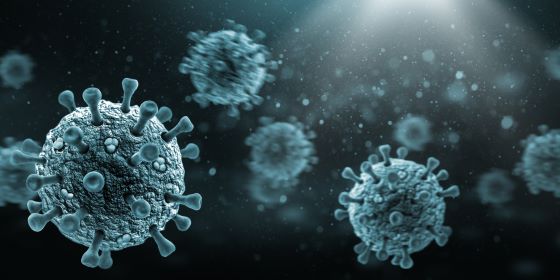Introduction:
Western Equine Encephalitis (WEE) is a viral disease that primarily affects horses but can also pose a significant threat to human health. Caused by the Western Equine Encephalitis Virus (WEEV), this illness is transmitted through the bites of infected mosquitoes. While relatively rare, outbreaks can have severe consequences, making it essential for individuals, especially those residing in affected regions, to be informed about the disease, its symptoms, and preventive measures.
Understanding Western Equine Encephalitis:
The Culprit: Western Equine Encephalitis Virus (WEEV)
WEEV belongs to the Alphavirus genus and is a member of the Togaviridae family. It is primarily found in North America and is transmitted through the bites of infected mosquitoes, with Culex tarsalis being the main vector.
Transmission to Humans: Mosquitoes as Vectors
Humans can contract WEE when bitten by mosquitoes that have previously fed on infected birds or horses. Unlike horses, humans do not serve as amplifying hosts, meaning they do not produce enough virus in their blood to infect mosquitoes.
Geographical Distribution: Hotspots and Risks
WEE is most commonly reported in the western parts of North America, particularly in states like California, Arizona, and Oregon. However, sporadic cases have been documented in other regions. The risk of infection is highest during the summer and early fall when mosquito activity peaks.
Symptoms and Diagnosis:
Clinical Presentation in Horses and Humans
In horses, WEE can manifest as fever, ataxia, and behavioral changes. In humans, symptoms include fever, headache, nausea, and, in severe cases, neurological complications such as encephalitis.
Diagnostic Challenges
Diagnosing WEE can be challenging, as its symptoms can be similar to those of other viral infections. Laboratory tests, including polymerase chain reaction (PCR) and serological assays, are used to confirm the presence of the virus.
Prevention and Control:
Vaccination: A Crucial Step for Horses
Vaccination is a highly effective preventive measure for horses. Regular vaccination not only protects individual horses but also contributes to the overall reduction of the virus in the environment.
Mosquito Control: Mitigating the Risk of Transmission
Implementing mosquito control measures is essential to reduce the risk of WEE transmission. This includes using insect repellent, wearing protective clothing, and eliminating mosquito breeding sites around homes.
Public Awareness: The First Line of Defense
Educating the public about WEE, its transmission, and preventive measures is crucial. Public health campaigns can help raise awareness, encouraging individuals to take proactive steps to protect themselves and their communities.
FAQ Section:
Q: Can humans transmit WEE to other humans?
A: No, humans cannot transmit WEE directly to other humans. The virus requires mosquitoes as vectors, and humans do not produce enough virus in their blood to infect mosquitoes.
Q: How is WEE diagnosed in humans?
A: Laboratory tests, including polymerase chain reaction (PCR) and serological assays, are used to diagnose WEE in humans. These tests confirm the presence of the virus or detect antibodies produced in response to the infection.
Q: What are the long-term effects of WEE in humans?
A: While most individuals recover fully from WEE, severe cases can lead to long-term neurological complications. These may include persistent headaches, difficulty concentrating, and in rare instances, permanent neurological damage.
Q: Is there a vaccine for humans against WEE?
A: Currently, there is no commercially available vaccine specifically for humans. Prevention primarily involves mosquito control measures and public awareness to reduce the risk of exposure.
Q: Can WEE be transmitted through blood transfusions or organ transplants?
A: There have been rare cases of WEE transmission through blood transfusions and organ transplants. However, strict screening measures are in place to minimize this risk, and the incidence of such transmission is extremely low.
Conclusion:
Western Equine Encephalitis is a notable health concern in certain regions of North America, emphasizing the importance of understanding the virus, its transmission, and effective preventive measures. Through vaccination, mosquito control, and public awareness, communities can significantly reduce the risk of WEE outbreaks and safeguard both human and equine health. Stay informed, take precautions, and contribute to the collective effort in minimizing the impact of Western Equine Encephalitis.

